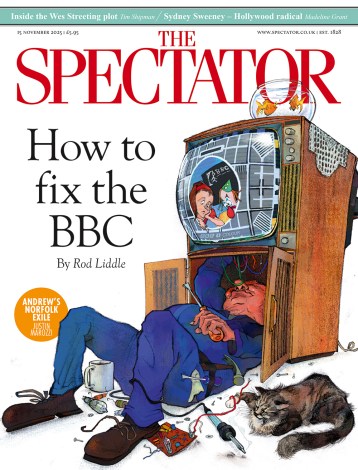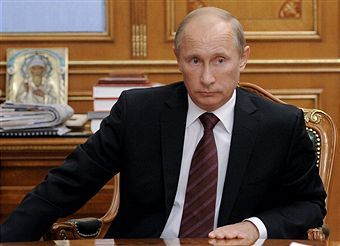 Vladimir Putin, in the manner of a modern day Tsar, has launched a series of initiatives
to mark his march back to the Kremlin. His most eye-catching proposal is to form a Eurasian Union, a Moscow-controlled EU for the post-Soviet space. Writing in Today’s Times (£), Russia’s strongman explains the benefits: a union would aid greater economic integration in the
region and it would place a regional bloc on the other side of the negotiating table from the European Union.
Vladimir Putin, in the manner of a modern day Tsar, has launched a series of initiatives
to mark his march back to the Kremlin. His most eye-catching proposal is to form a Eurasian Union, a Moscow-controlled EU for the post-Soviet space. Writing in Today’s Times (£), Russia’s strongman explains the benefits: a union would aid greater economic integration in the
region and it would place a regional bloc on the other side of the negotiating table from the European Union.
But, what are Putin’s real aims, beyond laying out an agenda for his presidential term? Steps could be taken to integrate the post-Soviet region; but, without domestic reforms in Russia, Ukraine, Kazakhstan and so on, the benefits of further economic integration will probably be minor. It is already relatively easy for workers to travel in and out of Russia, which has used migration, especially from Central Asia, to check demographic decline.
The first thing to note is that nothing of this is, in fact, new. Vladimir Putin has sought to develop a single economic space in the post-Soviet region for more than 12 years. Ukraine, Kazakhstan and Belarus have resisted Putin for political reasons, fearing domination by Russia. Attempts to forge a simple customs union in the past were frustrated by the bureaucratic incompetence and endemic corruption that characterises Russia and Central Asian today. None of this has changed and an ambitious EU-like project remains a remote possibility, which Putin must realise.
Of course, this may just be a case of Putin trying to eclipse Dmitry Medvedev. The current Russian president has made WTO membership for Russia a key plank of his presidency, which would be undermined by Putin’s Eurasian Union.
That’s the domestic side; then there is a regional part. Putin’s proposal, though unrealistic, is a useful diplomatic initiative to counter central Asia’s growing reliance on China and bring Ukraine to heel. As Russia expert Ben Judah notes: “If you join Putin’s bloc you don’t have to worry about becoming a central Asian Zambia” – that is, become over-reliant on China. A third possible aim concerns Europe. Russia wants to claim that it represents more than itself when it argues with the EU over market access issues. As such, it would play to the EU’s desire to have links with other regional blocs, even when they didn’t exist.
Whatever motivates Putin, it is worth noting how keen Putin is to define his return to presidential power in contrast to the supposedly pro-Western and Europhile instincts of Medvedev.






Comments